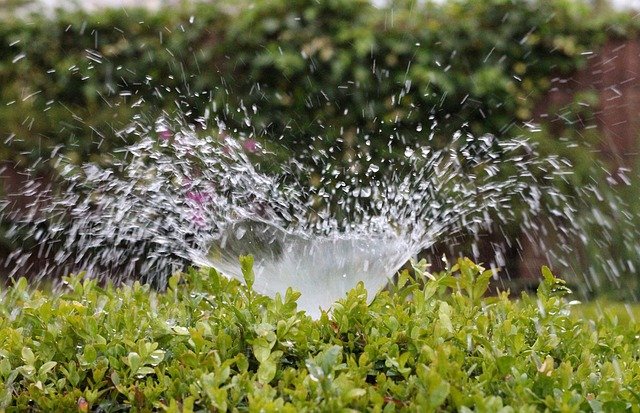- BY Craig Burrow
- POSTED IN Austin, Backflow Problems, San Antonio, Sprinkler Repair
- WITH 0 COMMENTS
- PERMALINK
- STANDARD POST TYPE

Irrigation systems are critical to keeping the landscape around the house lush and healthy, a backflow issue in the Austin and San Antonio metro areas can be serious. Such a vital system requires proper maintenance and careful thought – as it, in its unprotected form, is naturally prone to the issue of an irrigation backflow. Simply put, when the safety of an irrigation system is not ensured, the water meant for the lawn may not always remain separate from the household’s potable drinking water. This increases the risk of minor and major physical injury, illnesses, and even death as a result of entirely preventable contamination. With proper attention paid to this system, however, irrigation backflow will not be a problem for those that take necessary precautions during installation.
Just as its name suggests, backflow occurs when water begins to travel through the line of the irrigation system in the opposite direction from where it is supposed to go – flowing into your water supply, instead of moving out of it, potentially carrying dangerous chemicals such as pesticides, dirt, germs, or even the fertilizer that is meant for the lawn outside directly into the source of water that is shared between the sprinkler systems and the home. This is caused merely by the nature of how water behaves. It wishes to flow from an area of higher pressure to an area of lower pressure – and this is precisely what takes place in the case of backflow. Water pressure in the system, for a variety of reasons, may become too high when compared with that of the water supply, and, as water does, it seeks to flow towards where the pressure is lowest – straight back to the water supply.
Whatever the underlying cause of the pressure imbalance is, whether it be from a broken water line, frozen pipes, a sudden reduction in water pressure to the supply line, copious amounts of water being used at once, or an improperly installed sprinkler system, back-siphonage must be stopped for the safety of one’s home, loved ones, and drinking water. Even if an irrigation system was installed lacking a backflow device, one may be installed with little issue. Backflow preventers counteract the issue by preventing water from returning to the water supply line altogether, even if the pressure drops dramatically. How this is achieved varies from type to type, although the function of these devices always remains identical to one another.
Air gaps are rather straightforward. They are merely vertical gaps that allow pressure to fluctuate within the line safely. Anti-Siphon Valves normalize the pressure of the pipes when the water is turned off, preventing it from flowing in reverse. Pressure Vacuum Breakers are above-ground regulators that are hooked to the main line, closing its check valve whenever water stops flowing, and opening its air relief valve to break the siphon when pressure drops low enough. Double Check Type Backflow Preventers are sturdy devices with two safeguards for further increased security. Finally, Reduced Pressure Type Backflow Preventers are quite secure pieces of equipment that take advantage of both checks and pressure regulation to achieve its desired outcome, which is the same as all others.
Though perhaps not required by the laws and regulations that are in place in certain areas, backflow preventers are highly recommended as simple, yet effective and elegant solutions to an issue that affects every irrigation system. Intercepting chemicals and foreign particles before they enter and contaminate the supply line helps guarantee the safety and security of one’s water system.

